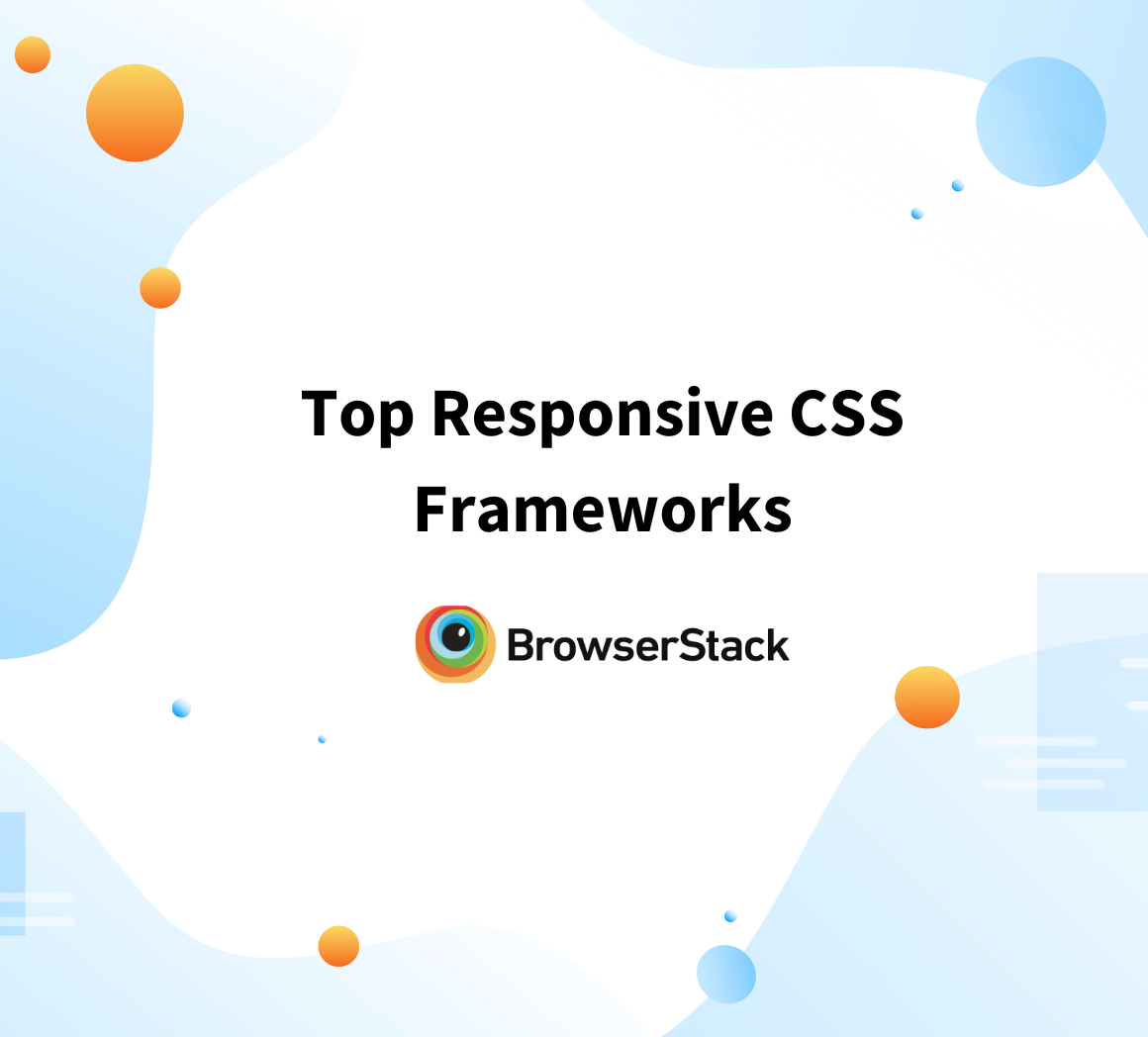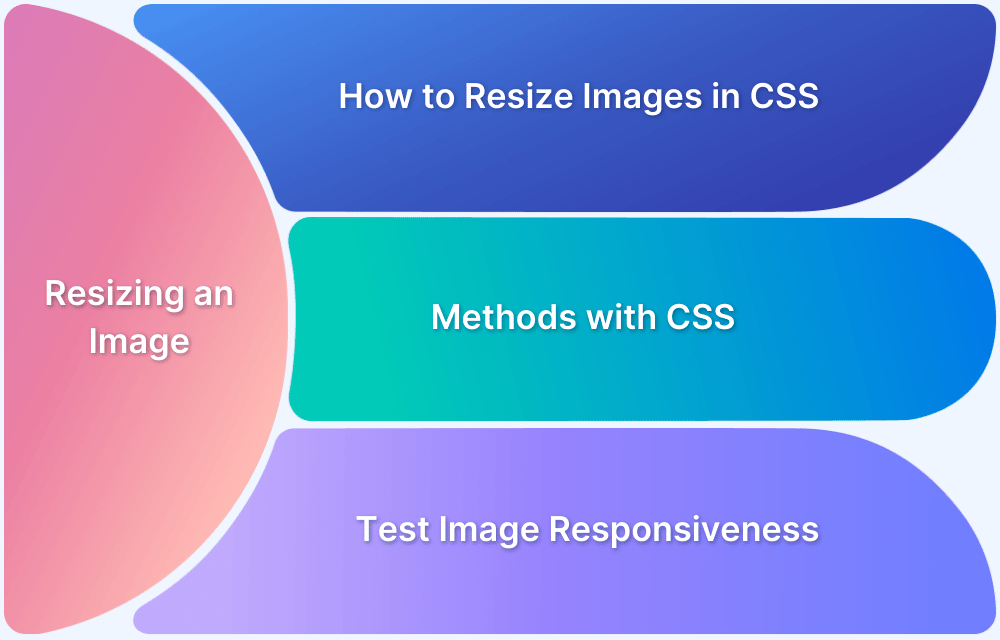What is Responsive CSS vs Reactive CSS?
By Sandra Felice, Community Contributor - October 17, 2024
Responsive CSS and Reactive CSS make web designs adaptable and dynamic. Responsive CSS adjusts layouts for different screen sizes, while Reactive CSS changes styles based on user interactions, enhancing the overall user experience.
This article explains the differences between Responsive CSS and Reactive CSS.
What is Responsive CSS?
Responsive CSS is a set of techniques and design principles used in web development to create web pages that automatically adjust their layout and appearance based on the size of the user’s screen or browser window.
It employs fluid grids, flexible images, and media queries to ensure a website looks and functions properly across all devices, from desktops to smartphones.
Responsive design allows developers to create a consistent user experience across different platforms without separate website versions.
Read More: Top Responsive CSS Frameworks
What is Reactive CSS?
Reactive CSS is used interchangeably with responsive design. It focuses on dynamically changing styles in response to user interactions or changes in the application state.
This approach uses JavaScript to modify CSS styles based on certain conditions, such as user input, screen size, or application data.
Reactive CSS is common in modern web frameworks and libraries, where components can adjust their appearance and behavior in real time, enhancing user engagement.
Responsive CSS vs. Reactive CSS
| Feature | Responsive CSS | Reactive CSS |
|---|---|---|
| Definition | Adapts layouts to different screen sizes | Changes styles based on user interactions |
| Implementation | Uses media queries and fluid grids | Uses JavaScript for dynamic style adjustments |
| Focus | Consistent design across devices | Interactive and engaging user experiences |
| Performance | Generally improves loading times on all devices | It may impact performance if not optimized |
| Example Use Case | Adjusting a web page layout for mobile vs desktop | Changing button colors on hover or based on user input |
If you are a developer or a tester, you can use BrowserStack for Responsive Design Testing.
Unlike simulated environments, BrowserStack ensures that your website’s layout, fonts, and images are accurately rendered across different screen sizes and platforms on real devices and browsers.
This helps you detect inconsistencies that may only appear on real devices, making it an ideal solution for developers aiming to deliver seamless user experiences across various devices.



